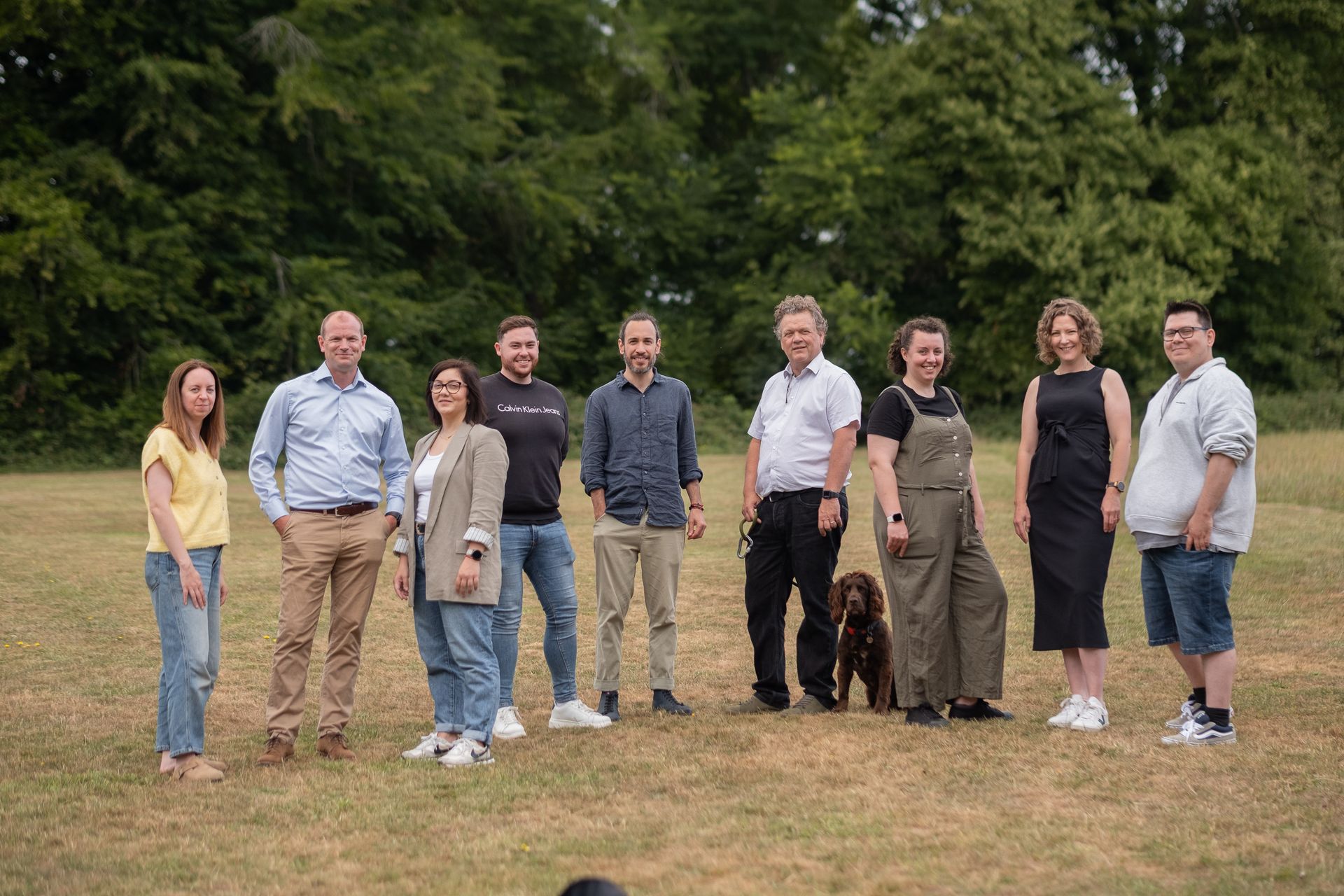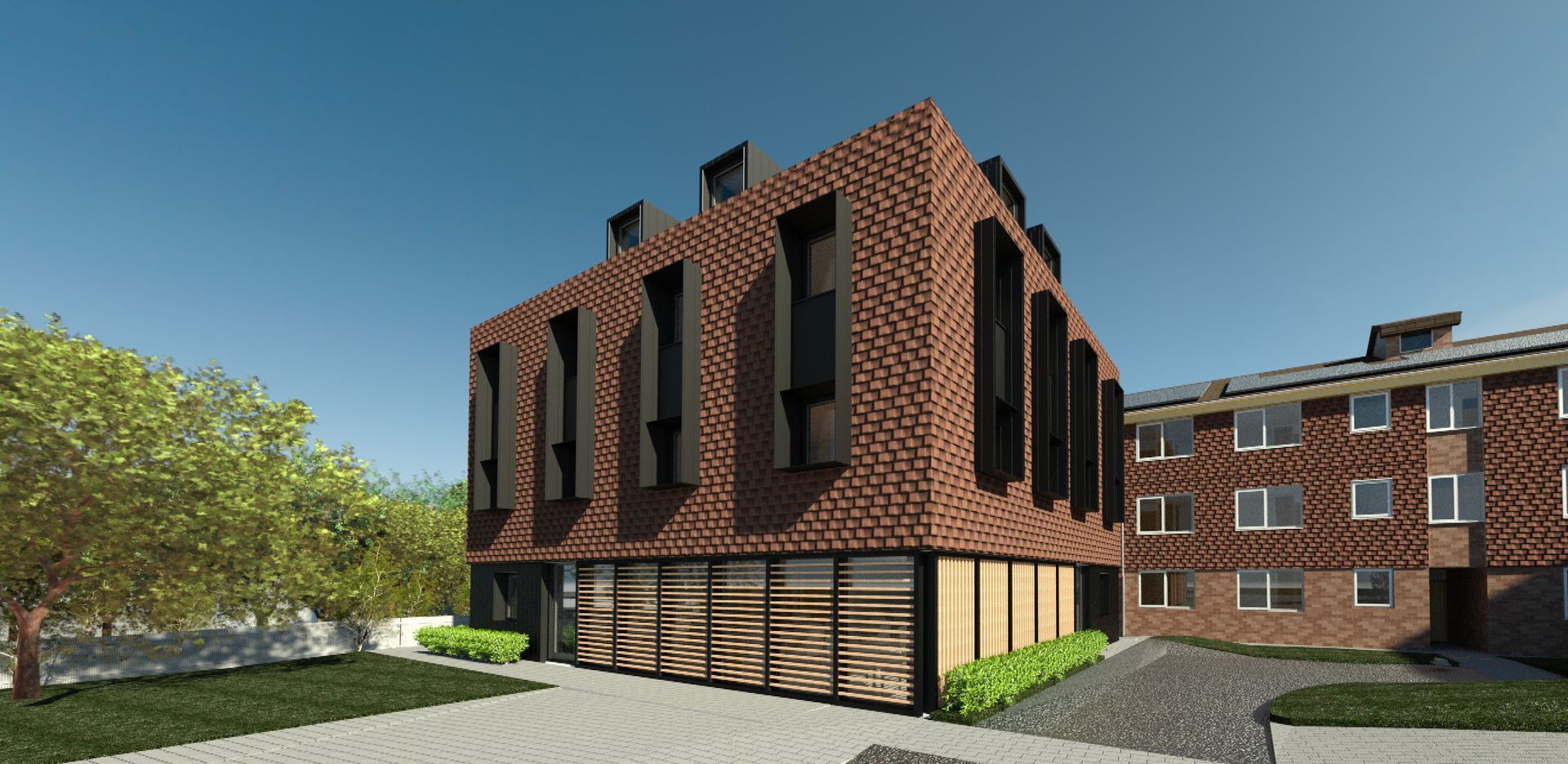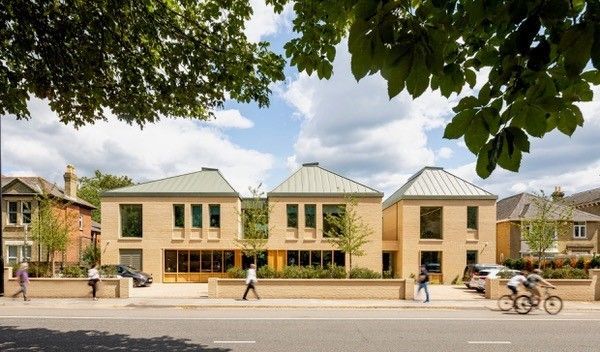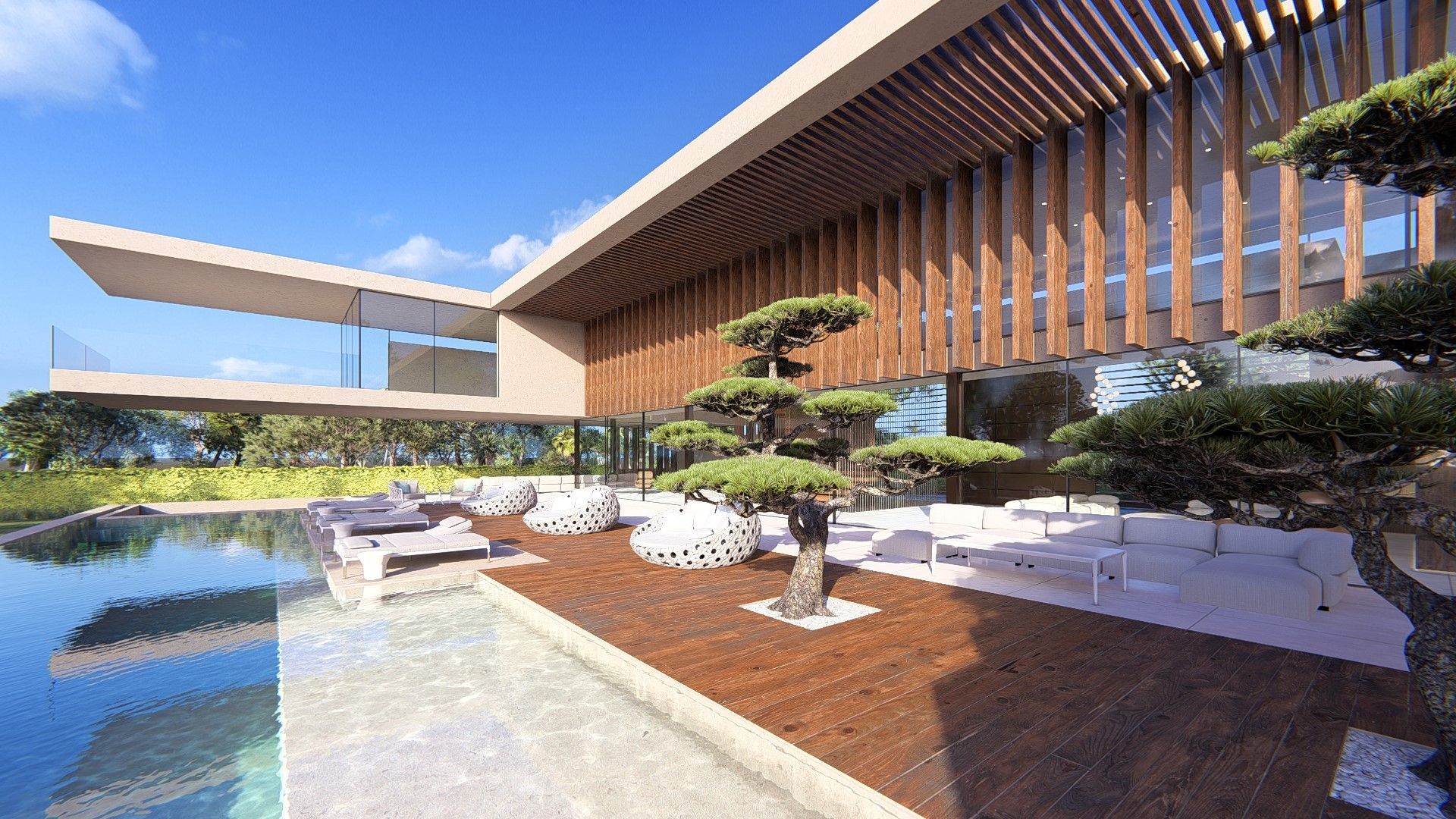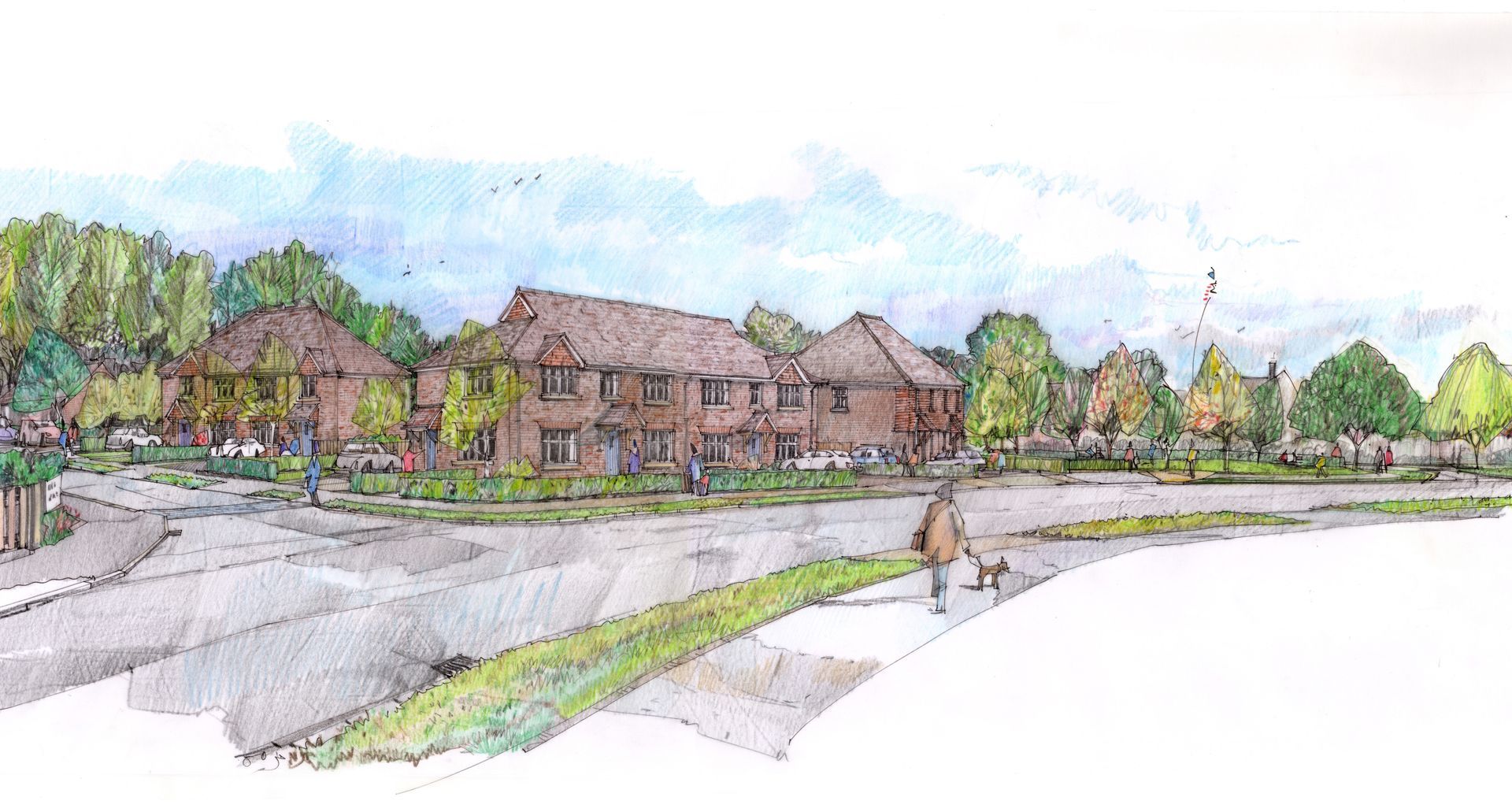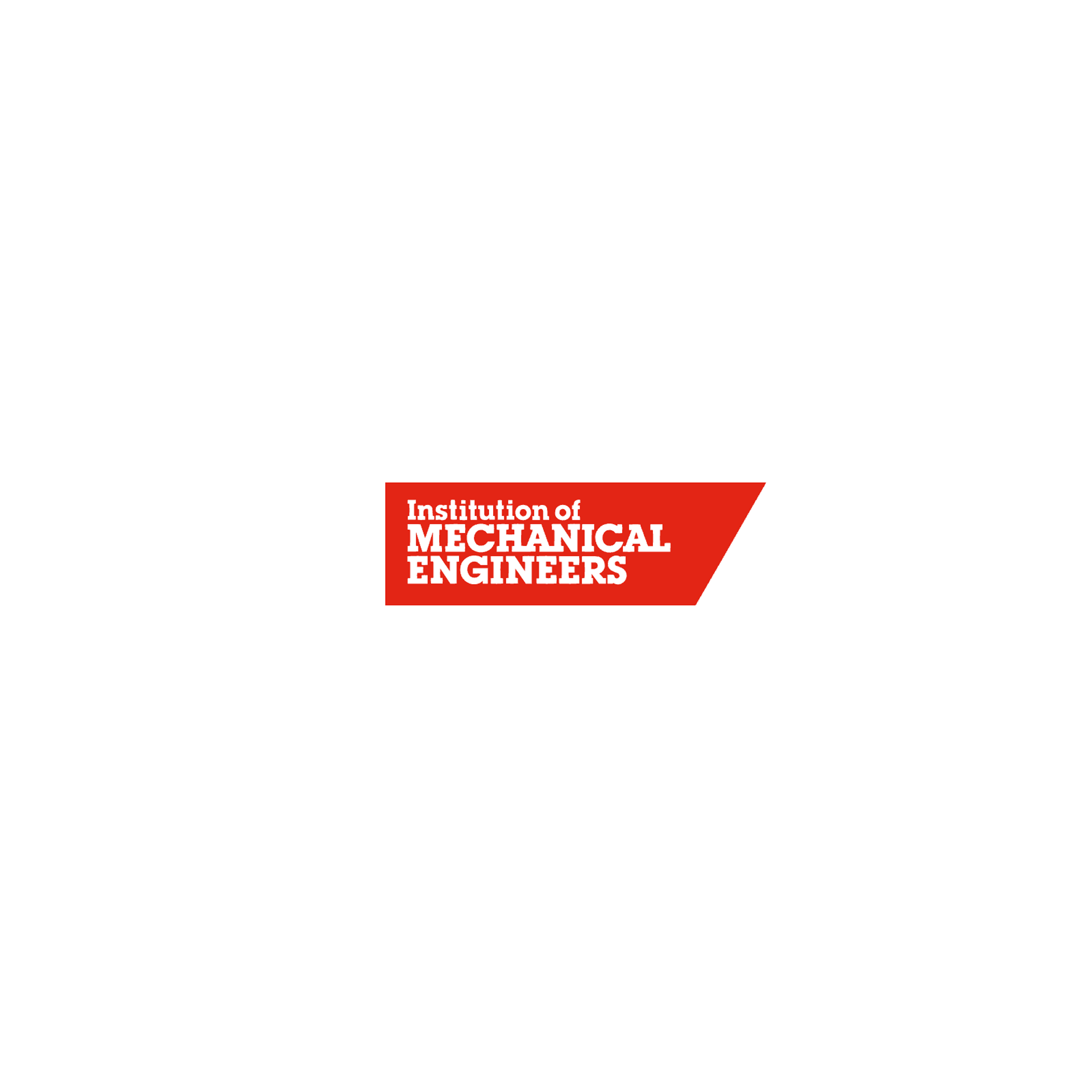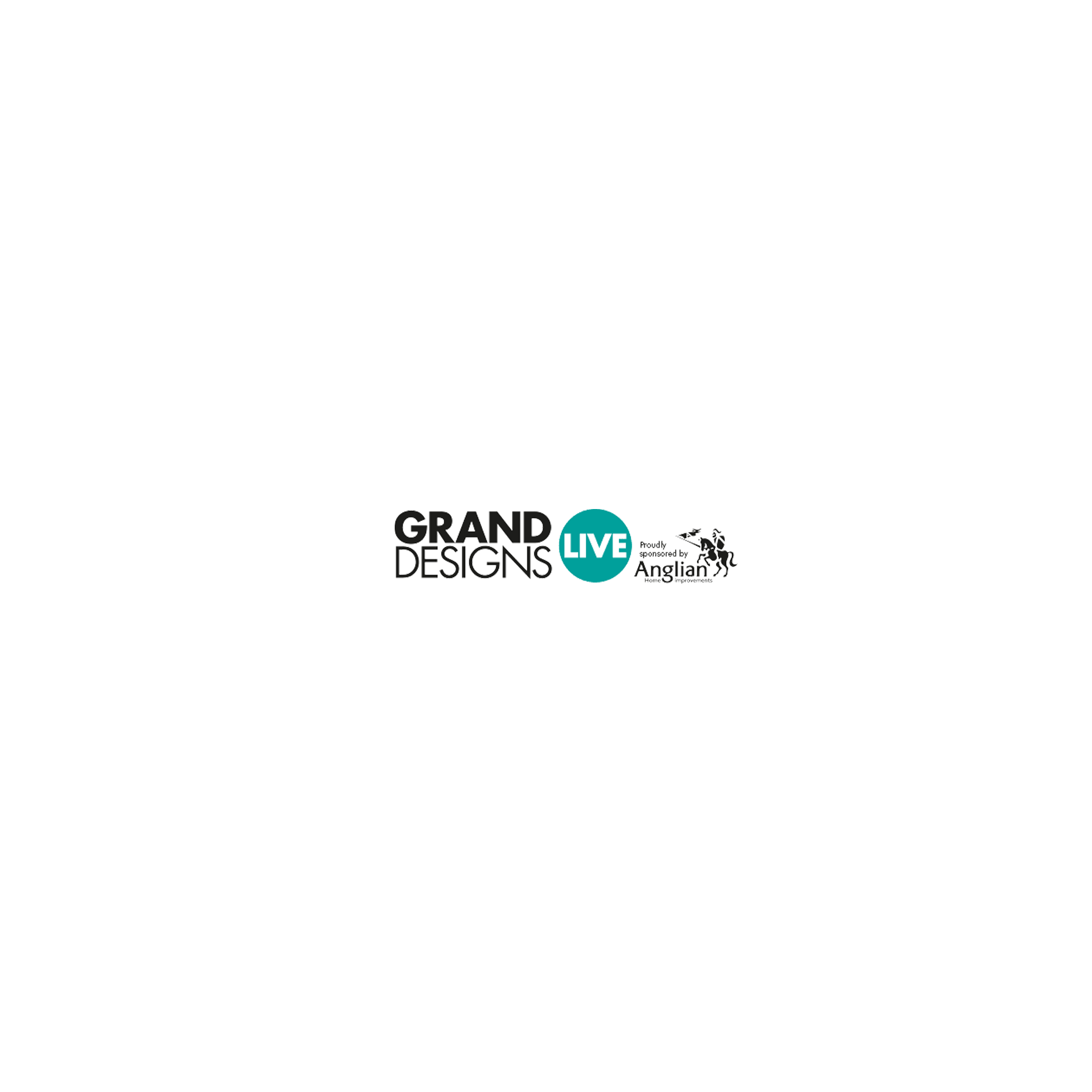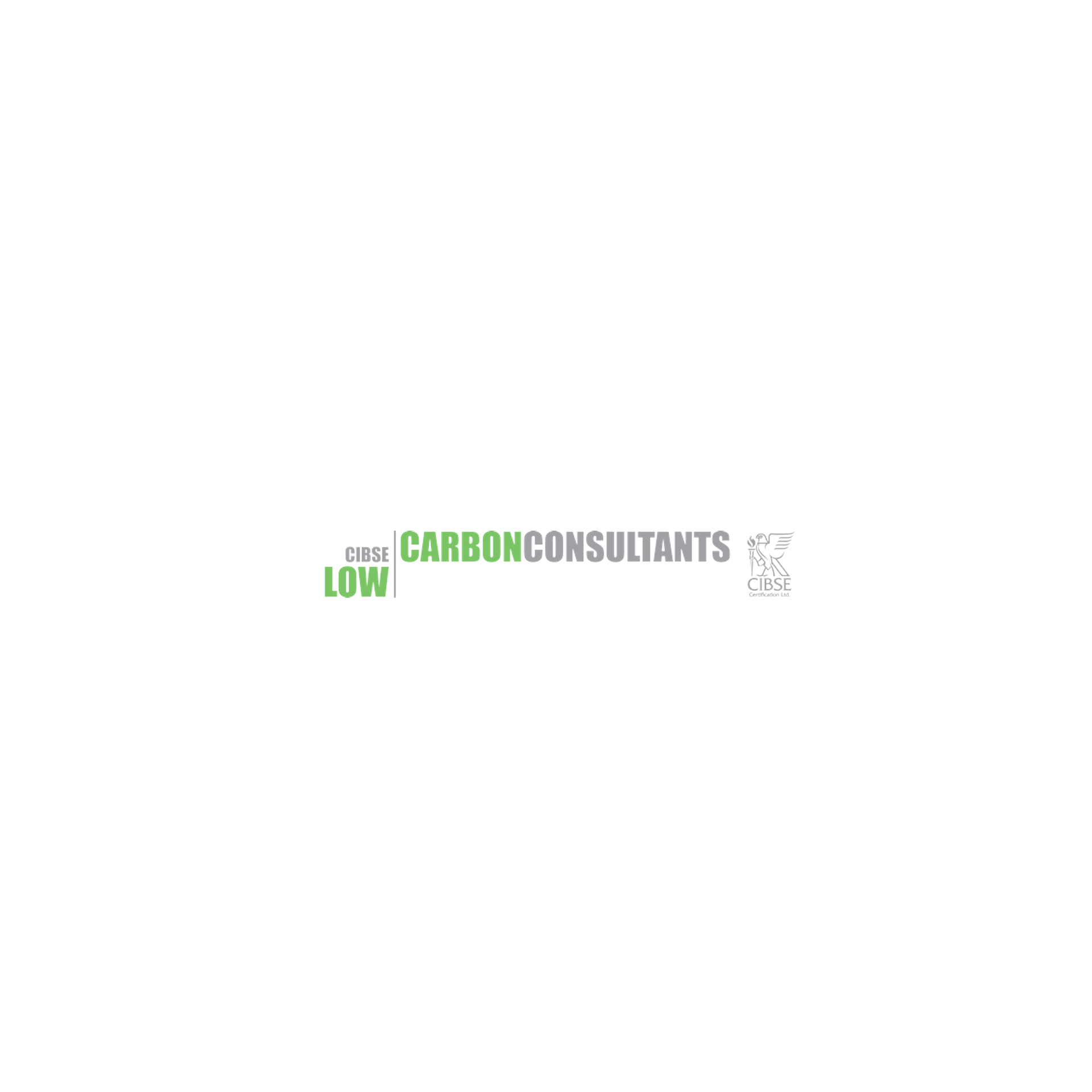A delicate eco-system: creating and maintaining company culture
In May 2023, we discovered we’d been included in The Sunday Times’ ‘Best Places to Work in 2023’ list. This phenomenal achievement was the icing on the cake of what’s been a great few years for Mesh as an employer.
From achieving our
B Corp in November 2021, to being recognised in B Corp’s ‘Best in the World’ category for workers in March 2022, to growing the business to the 22-strong team it is today, it’s been both incredible to see our recognition grow, and a mammoth effort to get here.

The Sunday Times Best Places to Work awards recognise companies that create a happier and fulfilling working environment for all, by fostering engagement from their teams, yielding great business and performance in return. Wishing all of those companies who made the grade this year many congratulations.
Chris Longcroft
EVP Publisher, The Times and The Sunday Times
A challenging landscape for recruitment
One of the most complex repercussions of the pandemic for businesses has been the surplus of job vacancies and accompanying skills shortage. Companies across the UK have struggled to recruit, and in the engineering sector, where experienced professionals are always in high demand, it’s been heavily felt. At Mesh, we faced a tough time as we struggled to cope with the increasing demands of our pipeline and the need to scale from a small team to a much larger organisation.
While we knew we needed to build up the team, we were also keen to maintain the close-knit culture that made us so distinct, so we recognised it was something that needed careful thought.
Two solutions
The first thing we did was to work with an experienced freelance recruiter to help tackle the immediate problem. Dylan’s approach was to put relationship building at the centre of the process, he actively sought and reached out to the individuals we needed, starting conversations, and building interest in Mesh as a brand. Outsourcing this process to Dylan not only freed up our internal resources, but it gave applicants a consistent point of contact, someone to ask questions of and talk to before and after our formal interviews.
Over the two years, Dylan became one of Mesh’s biggest champions – so much so, that he decided to join the team full time earlier this year! Perhaps one of the biggest compliments he could have given us.
We recognised that alongside this direct, outbound approach, we could also take an inbound tactic to encourage talent to come to us. We knew how great our culture was internally, but how well were we communicating it to the outside world? If I was a new graduate or an experienced engineer, would I look at Mesh as an attractive alternative to a bigger corporate? Would I get a clear impression of what it would be like to work with them
from their website, social and marketing?
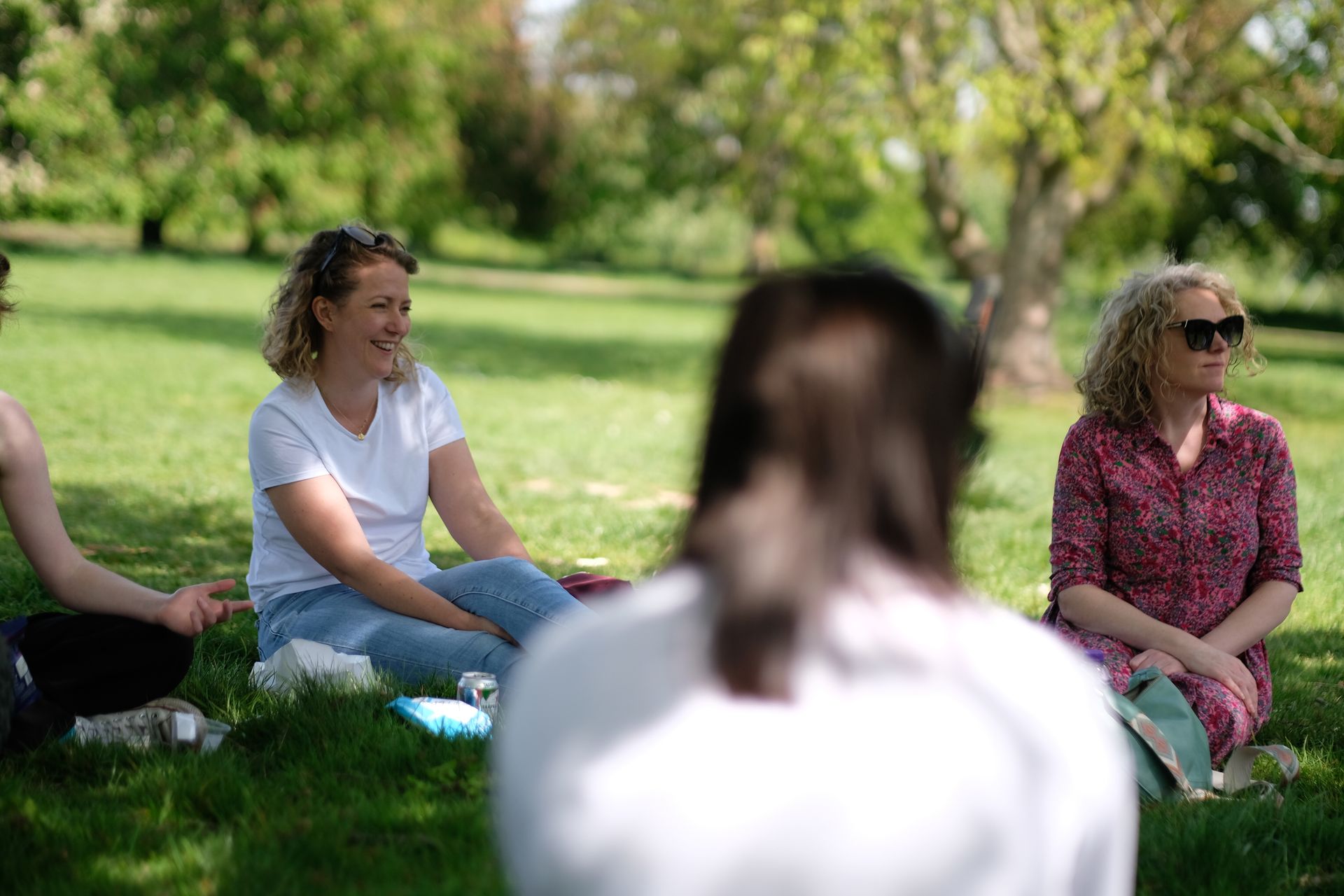
A Strategic approach
We decided to work with our strategic and creative partner Avery & Brown on a time-limited recruitment and internal culture project. The main goal of the project was to refine our positioning and messaging to increase engagement with potential applicants. We also hoped that the research and insights undertaken would help to strengthen our recruitment and retention and consolidate the positive elements of our culture.
Like with an overarching brand strategy, we were aiming to set ourselves apart from the competition, to identify and engage our target audience (potential employees) and to build a recognisable persona. And, like a brand strategy, we were hoping for the project to help further unite our team and engage them within the principal goals of the business.
Over six months, Avery & Brown interviewed every member of the team to gather qualitative feedback on our recruitment process and onboarding, information on what it was like work at Mesh, and what had attracted them to the company initially. This gave us the insight we needed to build out a messaging strategy, including which strengths we should focus on and what really mattered to our team.
One example of this was our discovery that for many of the team it was the intellectual challenge and opportunity to work on innovative projects that encouraged them to apply to Mesh. Consequently, we put further emphasis on that angle in our Culture Deck and other marketing – including a mini set of case studies to demonstrate the kinds of opportunities available for our consultants.
At the end of the project, we launched our overhauled Culture Deck, and a new section of our site that was dedicated to telling Mesh’s story as a business and an employer, just in time for B Corp month in March. We’re really proud to have such extensive collateral, that sets us apart from other businesses in our sector. Plus, we also know it works! Many of our current team cite the Culture Deck as instrumental to their understanding and interest in Mesh.
While many businesses would have solved the post-pandemic problems by just focusing on recruitment, we wanted to commit time and budget into ensuring that as we grew, we could retain and even improve the culture we built in our early years as a small team. These days, while we’ve got enough people for two teams in a rounders match, we still have an informal, flat structure and close working relationships between our various teams.
While awards are great to have and we’re so grateful to be recognised by The Sunday Times and B Corp, it’s been the subtler everyday consequences that have made this focus on culture worthwhile. From my perspective it’s probably most apparent in the reassurance I feel knowing we have the expertise and dedication within the team to do great work for our clients. But I’ve always liked the idea that company culture can be measured by the way your team feel before going to bed on Sunday, knowing they’ve got work in the morning. Hopefully, everyone is sleeping soundly!



